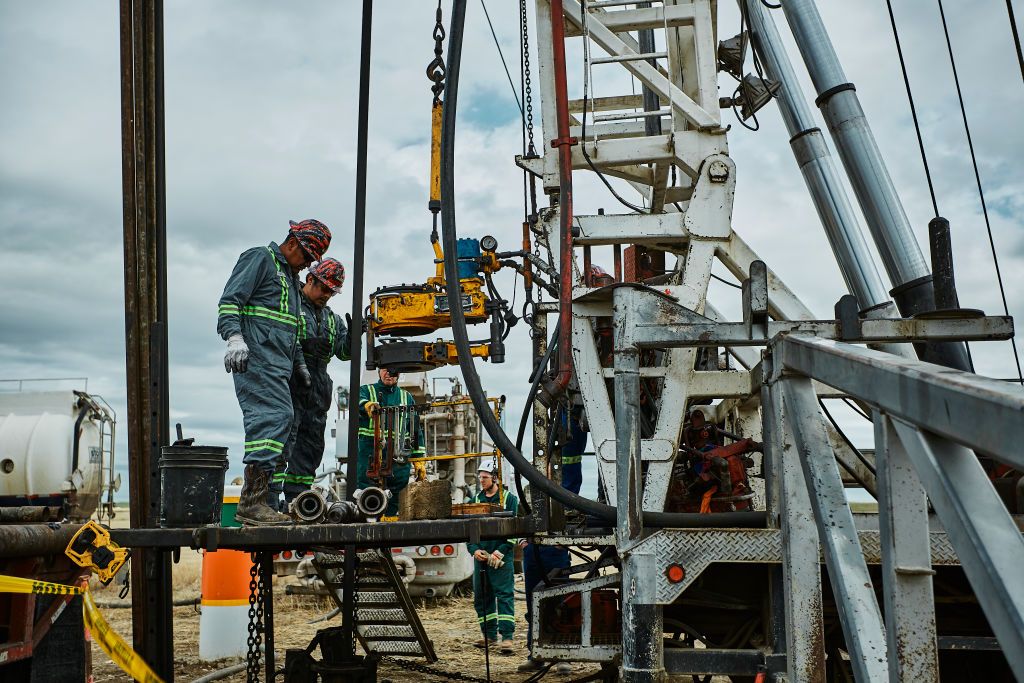Space Elevators Could Totally Work—If Earth Days Were Much Shorter
Space Elevators Could Totally Work—If Earth Days Were Much Shorter
Space elevators have long been a staple of science fiction, but could they actually work in reality? The concept…

Space Elevators Could Totally Work—If Earth Days Were Much Shorter
Space elevators have long been a staple of science fiction, but could they actually work in reality? The concept of a space elevator involves a tall structure extending from the surface of the Earth into space, with a tether connecting a counterweight in geostationary orbit. This tether would allow for easy transportation of materials and people to and from space without the need for expensive rockets.
One major hurdle to the feasibility of space elevators is the length of a day on Earth. Since the tether would need to be anchored to the ground, the rotation of the Earth would cause immense stress on the structure. If Earth days were much shorter, the stress on the tether would be significantly reduced, making space elevators a more viable option.
Shorter Earth days would also mean that the counterweight in geostationary orbit would have to travel at a faster speed to stay in sync with the planet’s rotation. This could potentially lead to increased wear and tear on the tether, but advancements in materials science could help mitigate this issue.
Despite the challenges, proponents of space elevators argue that they could drastically reduce the cost of space travel and open up new opportunities for exploration and colonization. With further research and technological advancements, space elevators may one day become a reality—if only Earth days were much shorter.
In conclusion, while space elevators may seem like a far-fetched idea, they could potentially work if certain conditions were met. Shortening Earth days would be a crucial step towards making space elevators a feasible mode of transportation to and from space.





